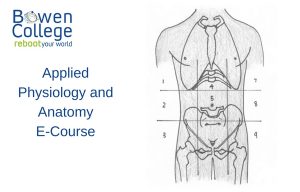Our discussions in this blog have continually circled us back to the same set of questions. As a doctor, what is our responsibility for assessing the situation and exploring possible “prescriptions”? To how much of the patient’s story will you relate, and through what filters will you assess patients’ choices and their impact on patients’ lives?
When one steps away from the simple drug prescription associated with the said diagnosis, the doctor’s role must change. When one delves into the root causes of diseases, etiology, circumstances, aggravating factors, stressors, coping skills, psychological outlook, support systems available, etc., the prescription becomes more elaborate and individualized. What is true for one patient suffering from the same disease or ailment is not necessarily true for the other.
One of the most effective ways of helping patients to take the steps that will regain their health is to have them share the “meaning” of their symptoms. Implicit in the self-diagnosis is the solution. It has been my experience that patients by and large know what their problem is, how they got there, and, when given different options, know what course of treatment will most likely help them.
An interesting development in some research is assessing the impact of the theory that the body is the “carrier of meaning” and thus has a history. This educational approach is inspired by the “personal construct theory” of Kelly (1955) and Nygard’s (1993) use of the theory within the field of human understanding. When a patient is able to gather meaning and attribute an understanding to their health status, this enhanced awareness is a high motivator to participate in improving their health.
The implications of these insights will be explored over the next several posts. I look forward to seeing you there.









